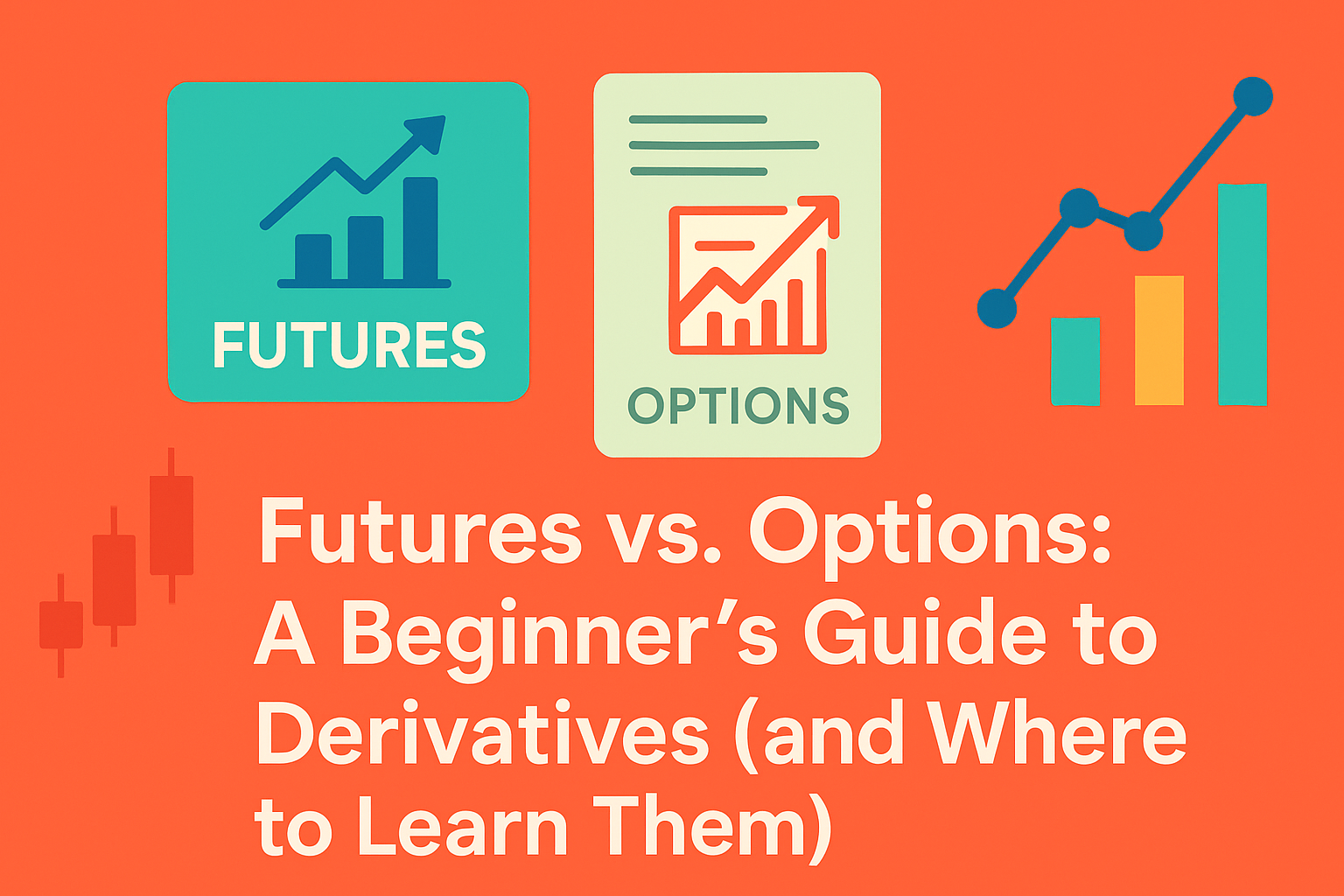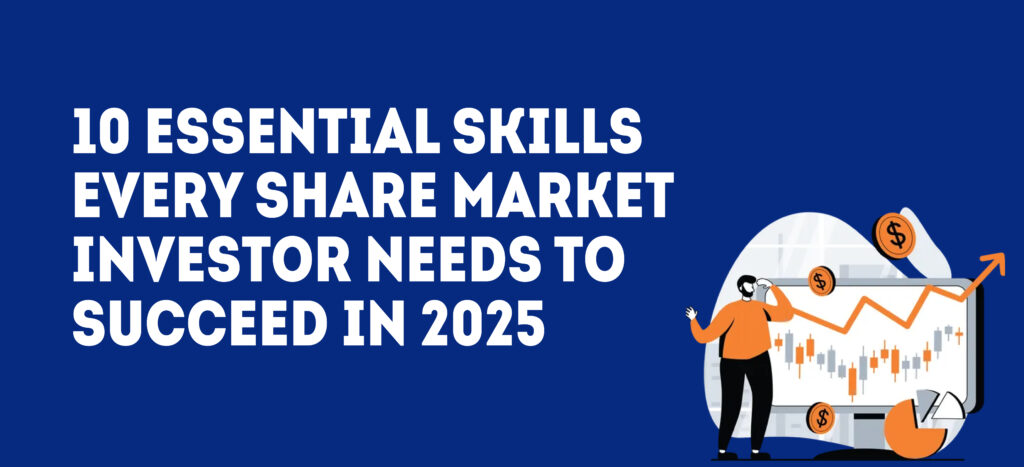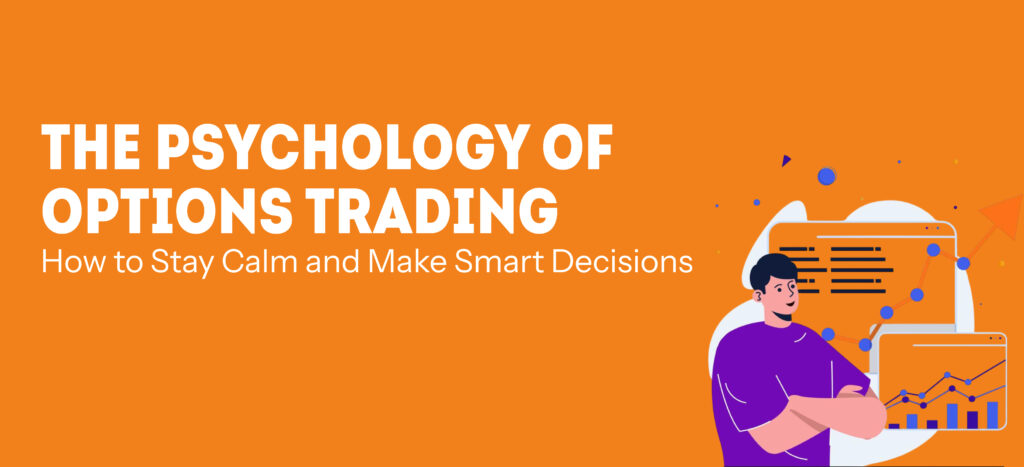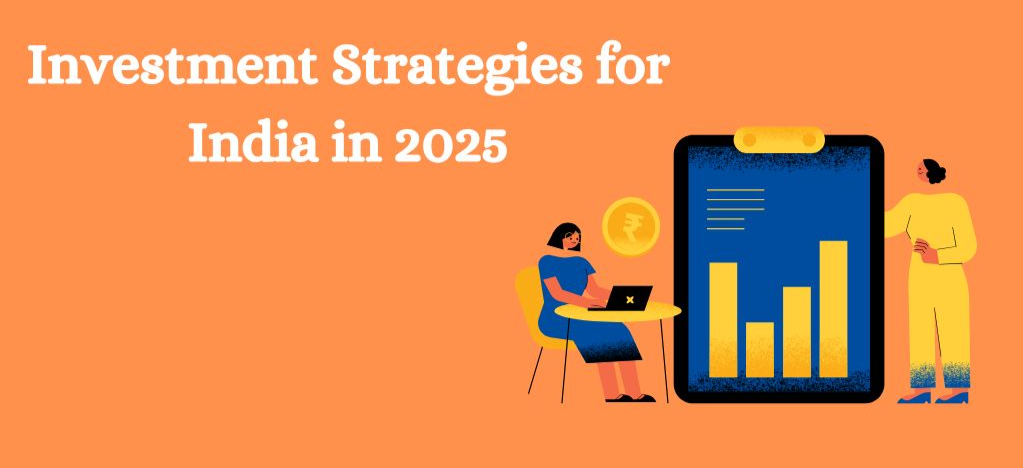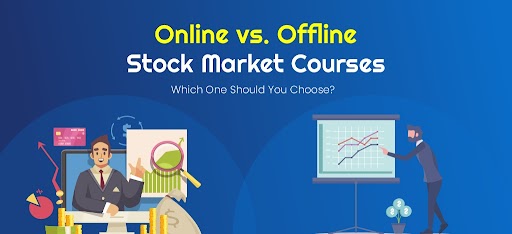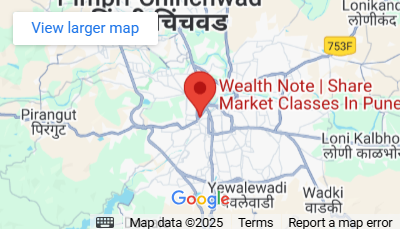For anyone stepping into the world of finance, terms like Futures and Options can seem intimidating. Both are types of derivatives, financial instruments whose value is derived from underlying assets like stocks, commodities, or indices. Understanding the differences between futures and options is essential for beginners who want to manage risk, speculate, or diversify their investment portfolio.
In this beginner’s guide, we will break down the basics, highlight the key differences, and provide guidance on where to learn these critical trading tools, including finding an option trading course or the best trading classes in Pune.
What Are Derivatives?
Derivatives are contracts whose value depends on the performance of an underlying asset. Instead of owning the asset itself, you enter a contract that gives you rights or obligations based on that asset’s price movements.
Common types of derivatives include:
- Futures
- Options
- Swaps
- Forwards
For beginners, futures and options are the most accessible starting points due to their popularity and liquidity in markets.
Futures: A Simple Explanation
A futures contract is an agreement to buy or sell an asset at a predetermined price on a specific future date. Both parties in a futures contract are obligated to execute the trade, regardless of the asset’s market price at that time.
Key Features of Futures:
- Obligation: Both buyer and seller must fulfil the contract.
- Leverage: Futures allow traders to control large positions with a small margin, increasing potential gains (and losses).
- Standardization: Futures contracts are standardized, making them highly liquid.
- Settlement: Can be cash-settled or physically settled, depending on the contract.
Futures are commonly used for hedging (protecting against price changes) or speculative trading.
Options: Flexibility in Trading
An options contract gives the buyer the right, but not the obligation, to buy (call option) or sell (put option) an asset at a predetermined price before or on a specific date. The seller, however, has the obligation to fulfil the contract if the buyer exercises the option.
Key Features of Options:
- Right, Not Obligation: Buyers can choose whether to exercise the contract.
- Limited Risk for Buyers: The maximum loss is limited to the premium paid for the option.
- Flexibility: Options allow complex strategies like spreads, straddles, and hedges.
- Premium Cost: Buyers pay an upfront fee (premium) for this flexibility.
Options are favoured by traders who want controlled risk exposure while still benefiting from price movements. Beginners can benefit greatly from enrolling in a structured option trading course to fully understand these mechanisms.
Futures vs. Options: Key Differences
| Feature | Futures | Options |
| Obligation | Both parties must execute | Only seller has obligation; buyer has choice |
| Risk | High, unlimited loss potential | Limited for buyers, high for sellers |
| Premium | No upfront cost | Buyers pay a premium |
| Profit Potential | Unlimited | Depends on the strategy and premium paid |
| Complexity | Relatively straightforward | More versatile, requires deeper understanding |
Understanding these differences is crucial before starting to trade derivatives, as risk and strategies vary significantly.
Where to Learn Futures and Options
For beginners, structured learning is key to avoiding costly mistakes. You can explore:
- Option Trading Courses: Enrolling in a specialized option trading course provides step-by-step guidance on strategies, risk management, and real-world application.
- Best Trading Classes in Pune: Cities like Pune offer top-rated institutes where beginners can attend workshops and live trading sessions to build confidence.
- Online Platforms: Websites like Coursera, Udemy, and Investopedia offer beginner-friendly courses on derivatives, futures, and options trading.
- Simulated Trading Platforms: Paper trading lets beginners practice strategies without risking real money.
- Mentorship & Communities: Engaging in forums, trading groups, and mentorship programs helps clarify doubts and provides practical insights.
Final Thoughts
Futures and options are powerful financial tools that can enhance trading strategies, hedge risks, and generate profits. While futures involve obligations and higher risk, options provide flexibility and controlled exposure. For beginners, the best approach is to combine structured learning—through an option trading course or best trading classes in Pune—with practical experience via demo accounts or simulations.
By understanding the basics of futures vs. options and investing in quality learning resources, you can confidently navigate the world of derivatives and make informed trading decisions.

